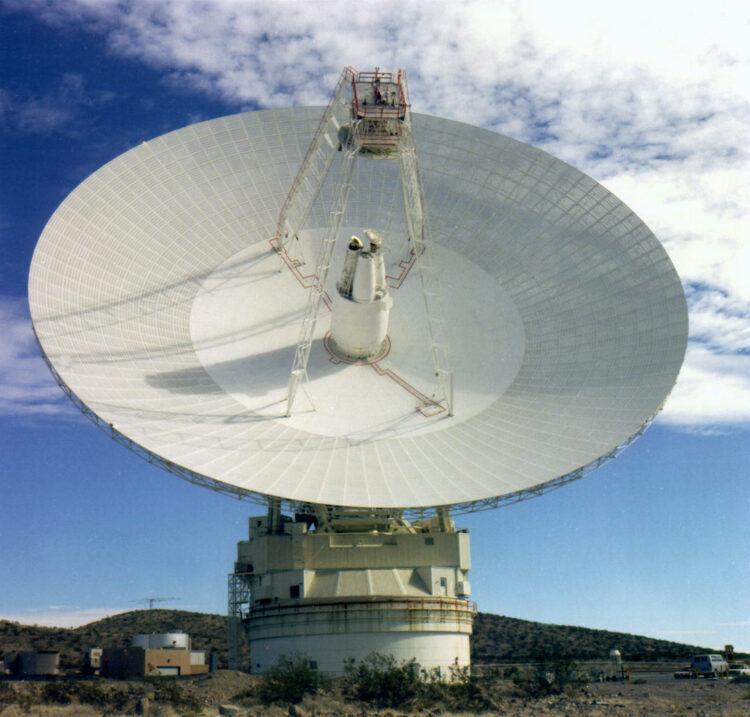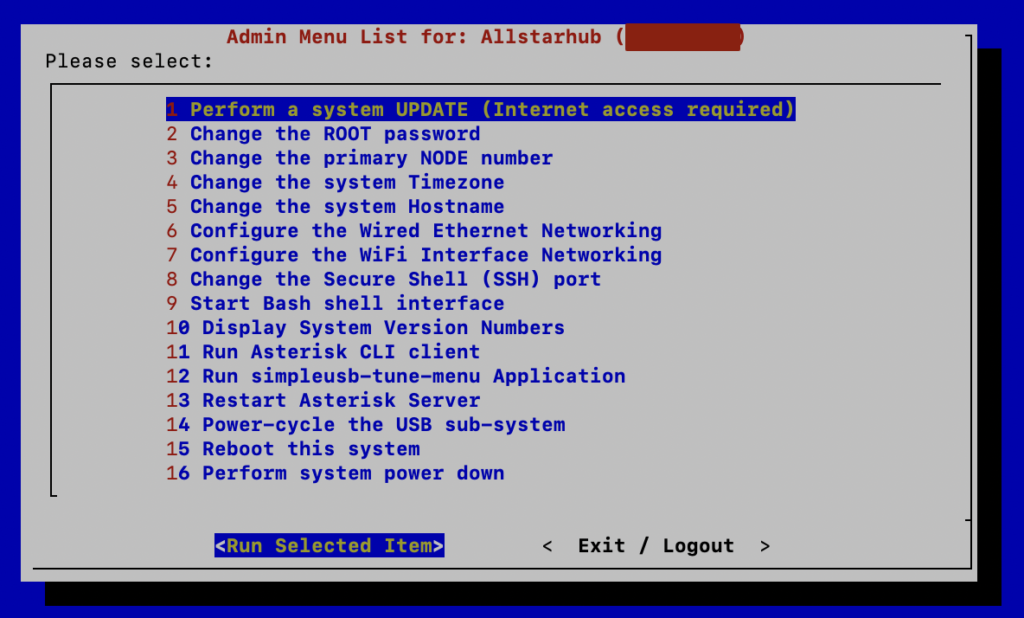Adding EchoLink to your AllStar Hub
Published (updated: ) in Learning Journal. Tags: AllStar, EchoLink.

It’s nice to add another screen door on the patio if you will so others can come join the conversation on your AllStar Hub. If they don’t yet have access to AllStar, they may have access to EchoLink and you can easily enable EchoLink access on your hub by editing a single configuration file.
Warning
Now doing this will involve setting up port forwarding for the EchoLink ports to your Hub, so if you have already done this for another computer to use EchoLink on your local network you will need to undo that and unfortunately have to choose which you would rather keep, forwarding to that computer or to the hub.
I have noticed the iOS EchoLink app continues to work after configuring for the hub, but the Windows client requires its own port forwarding and will not work without using a proxy.
Step 1 – Add “-L” EchoLink Account
Assuming you have already signed up and are familiar with EchoLink, you will need to go to EchoLink.org and register the additional “-L” account for your callsign if you haven’t already done so. This is required so you have a unique account to use for this purpose. You should be able to use the simpler email validation since you already have gone through the license validation previously.
If you have not registered or done anything with EchoLink before, go ahead and sign up and explore it for a few weeks before coming back to do this. Check out the iOS app which is great for a mobile back up “radio”. It’s important to be somewhat familiar with EchoLink before proceeding here.
Step 2 – Configure Port Forwarding
Configure port forwarding on your router for the following ports to the IP address of your hub. The unique details of doing this on your specific router on beyond the scope of this article but can easily be found in your manual or searched for online.
UDP 5198-5199Step 3 – SSH into your Hub
> ssh root@[IP address]and select choice 9 to get to the bash shell command prompt.

Step 4 – Copy and Edit EchoLink File
Next you will make a copy of the EchoLink configuration template and edit the copy you make.
cp /etc/asterisk/echolink.xxx /etc/asterisk/echolink.confnano /etc/asterisk/echolink.confNow simply edit the file as described by the comments (using your “-L” account) and save your changes.
confmode=yes ; yes should allow multiple connections
call=your-call ; Change this!
pwd=your-password ; Change this!
name=your-name ; Change this to your real name!
qth=your-qth ; Change this to your actual QTH!
email=someone@somewhere.com ; Change this!
maxstns=20
rtcptimeout=10
node=your-Echolink-node-number ; Echolink node number - Change this!
recfile=/tmp/recorded.gsm
astnode=your-allstar-node-number ; Change this to your active Allstar node number!
server1=nawest.echolink.org ; Change these to your servers
server2=nasouth.echolink.org
server3=servers.echolink.orgStep 5 – Restart, Test and Enjoy
With everything configured go ahead and restart your node and test the connection using the mobile app, or from EchoLink software on a different network and internet connection, or have another ham help you from somewhere else outside. Check Supermon and you’ll see the EchoLink stations come in.
Acknowledgements
Thanks to Daniel KD6KHI and Adrian KK6HNG for guidance, input and testing on this article.